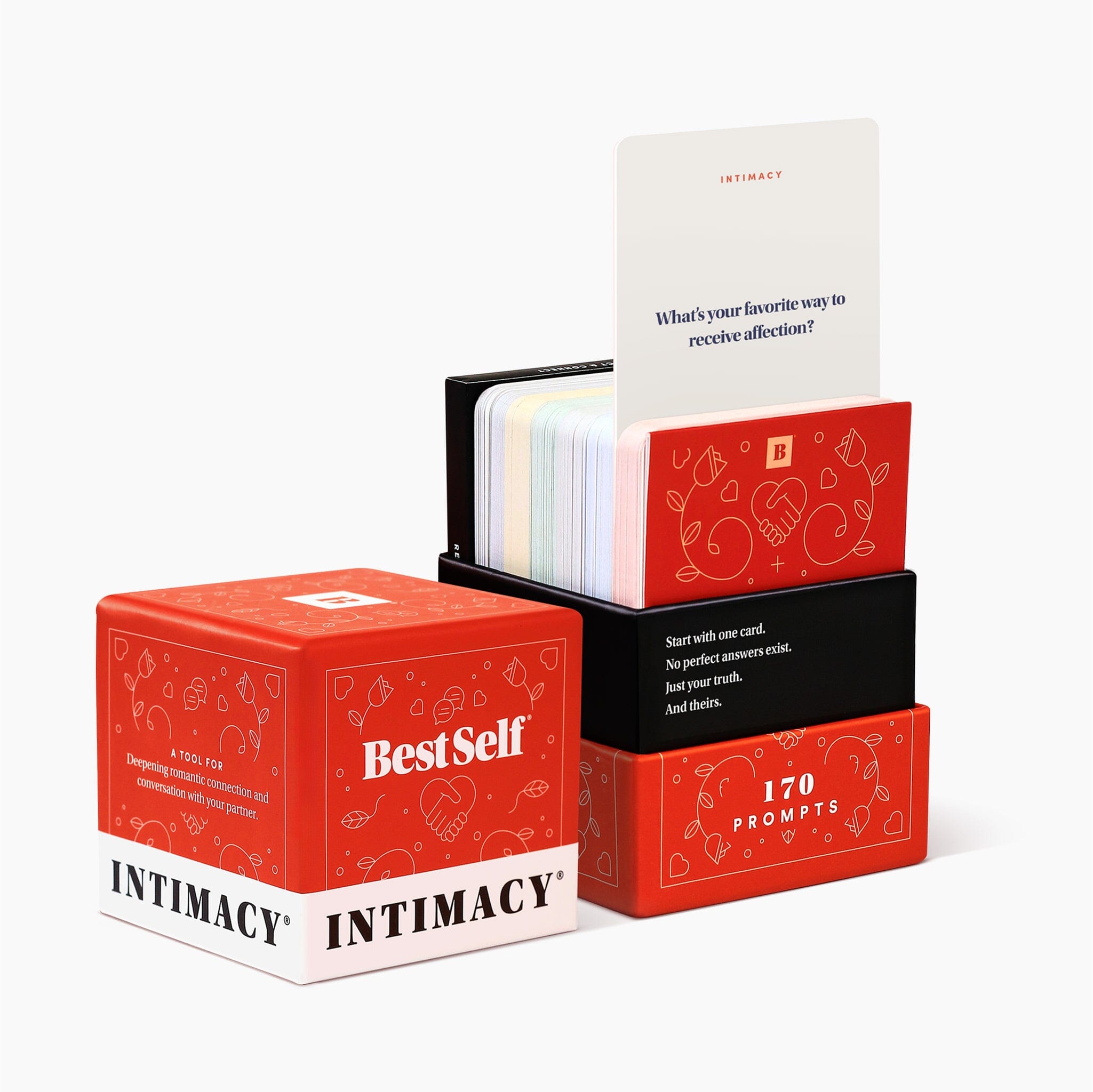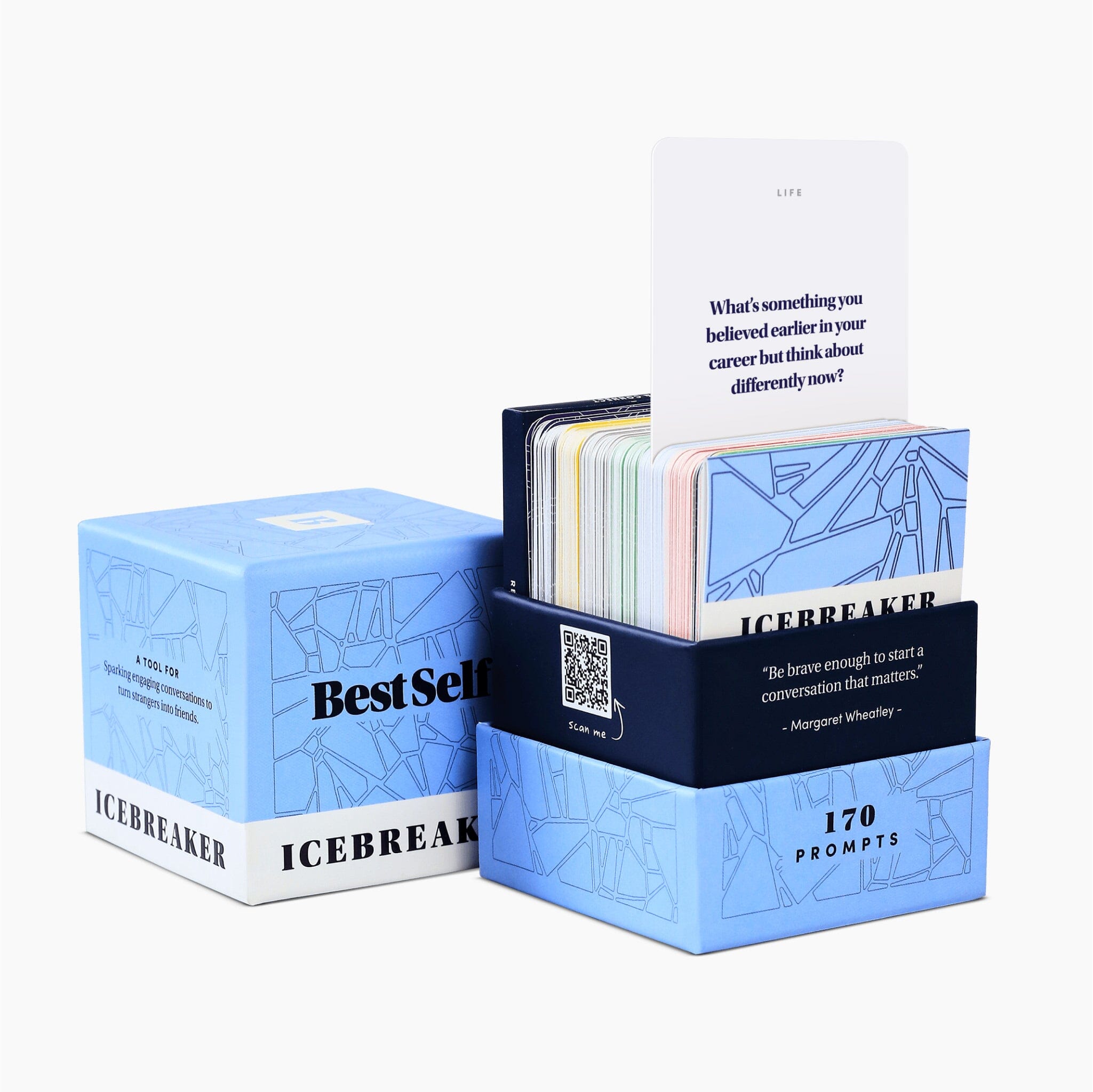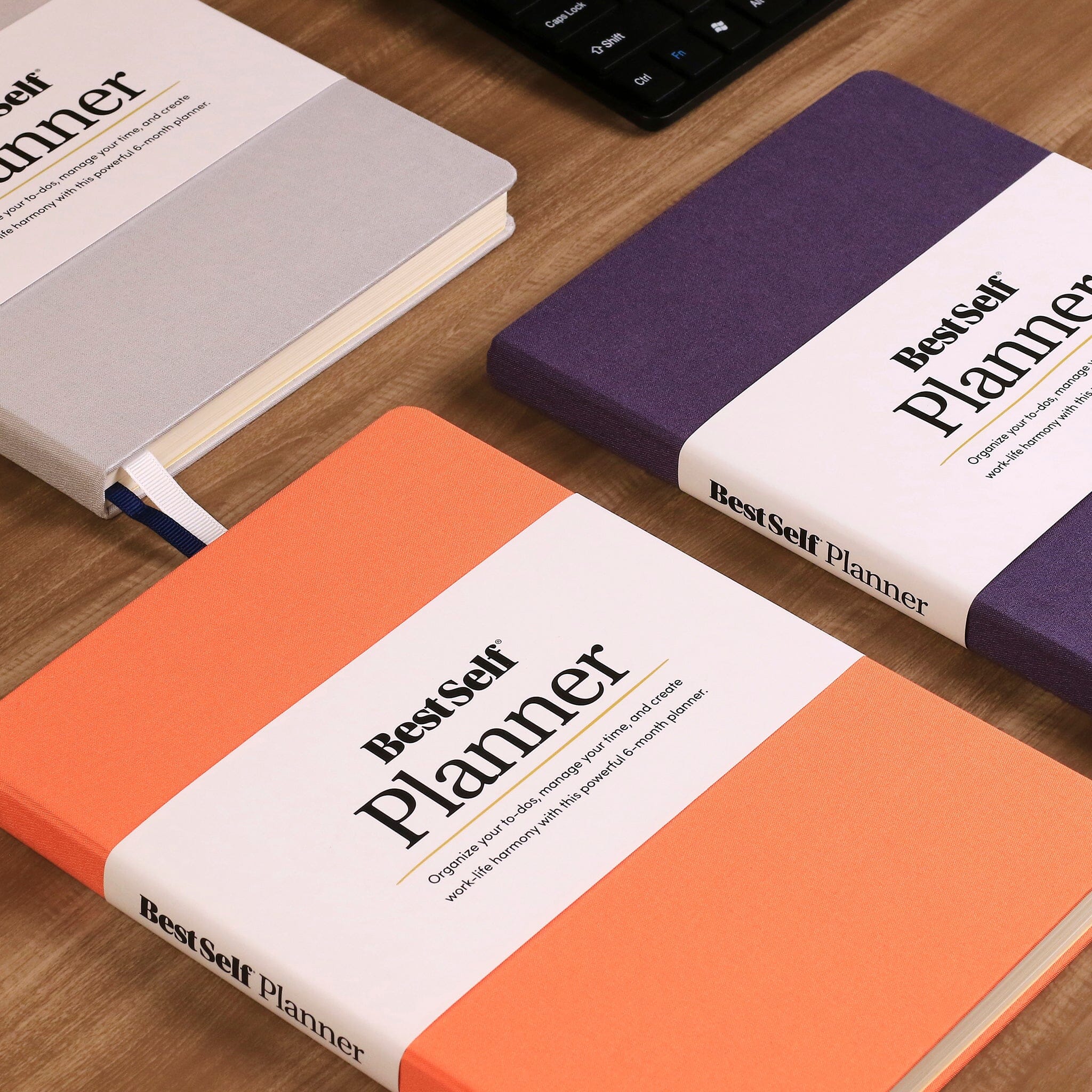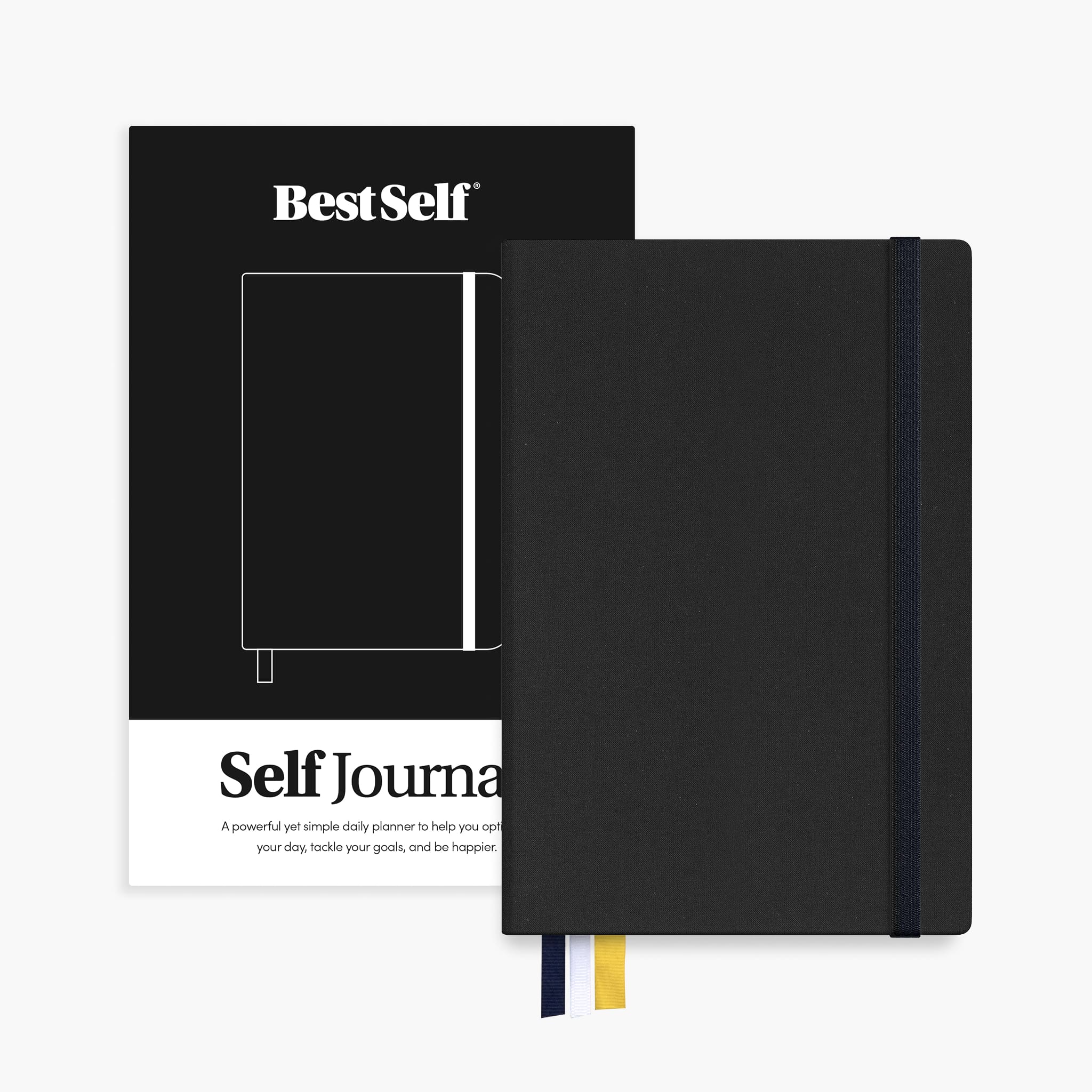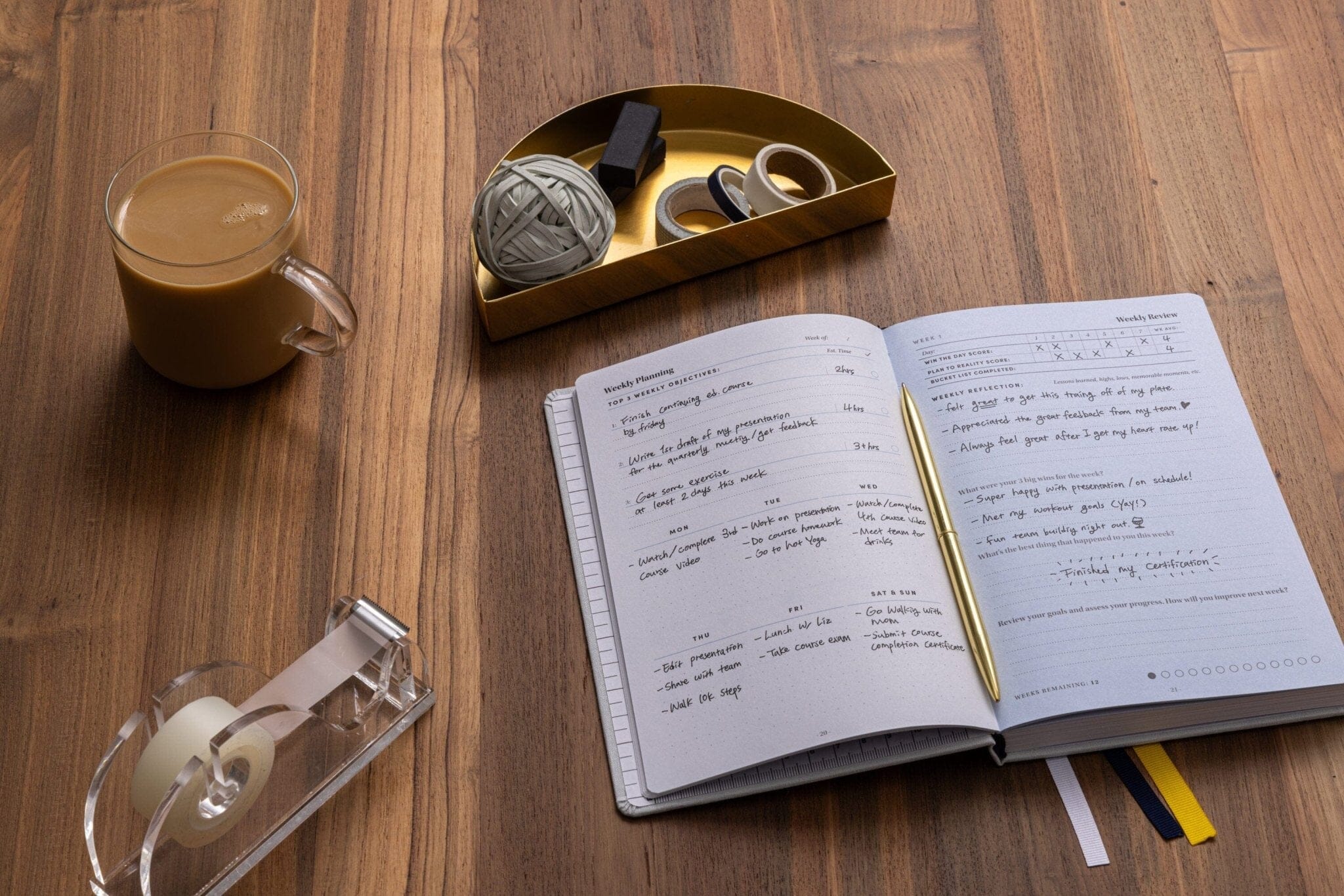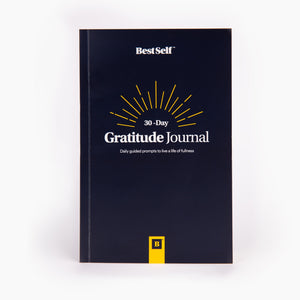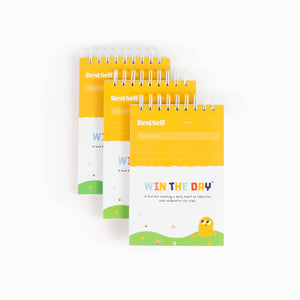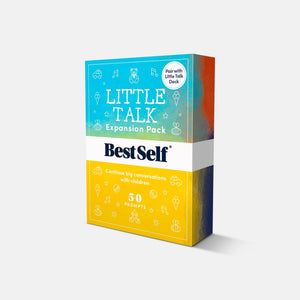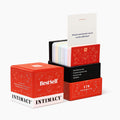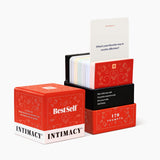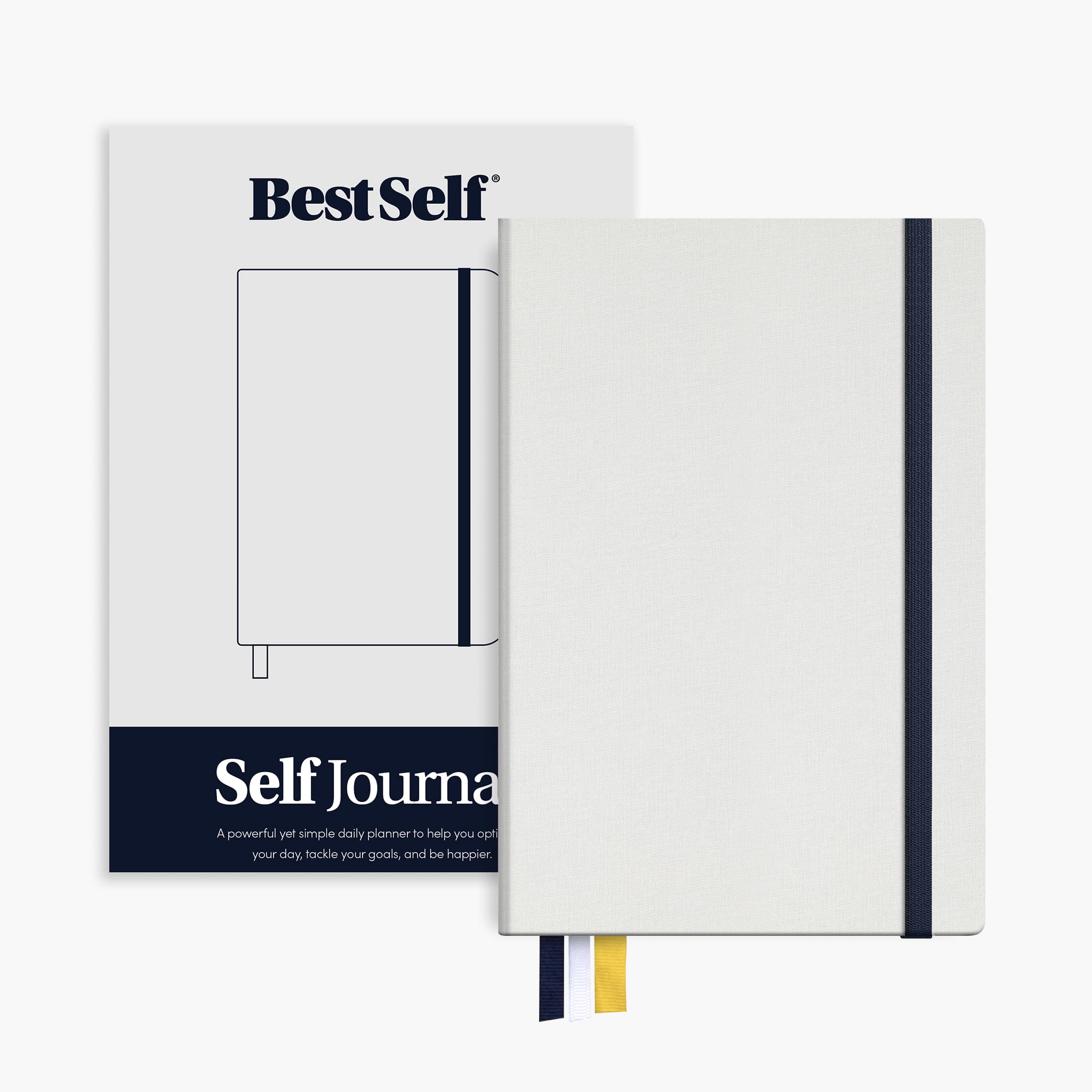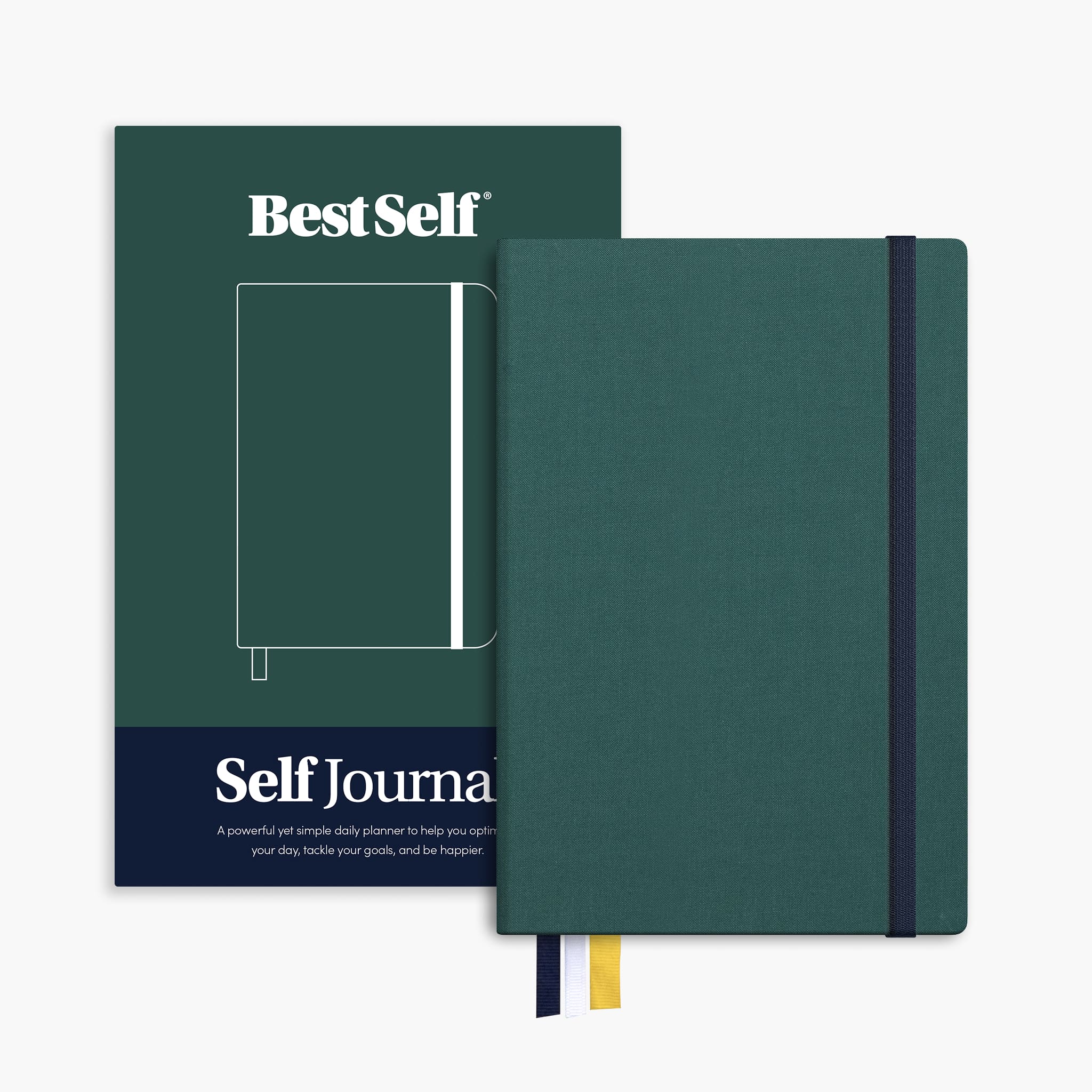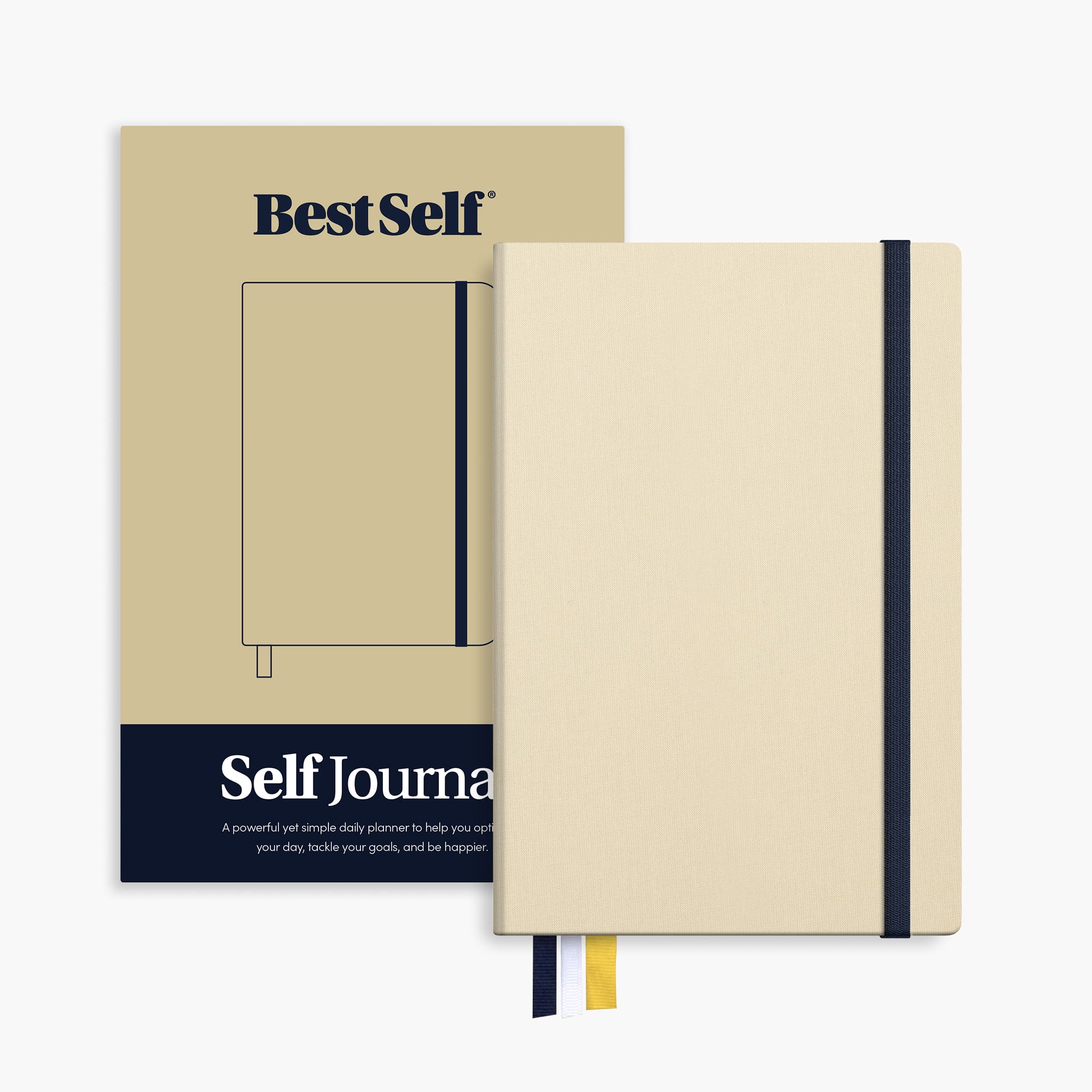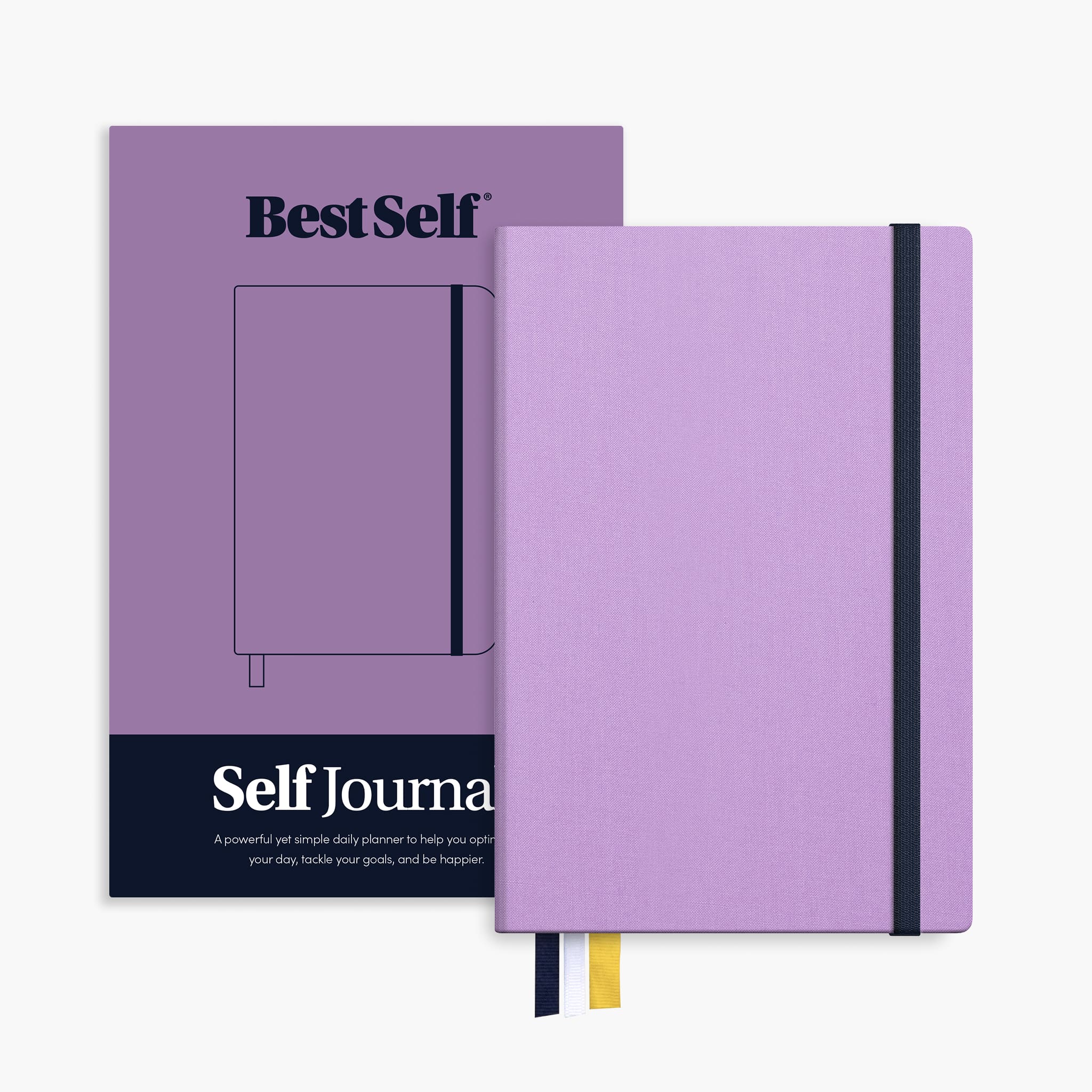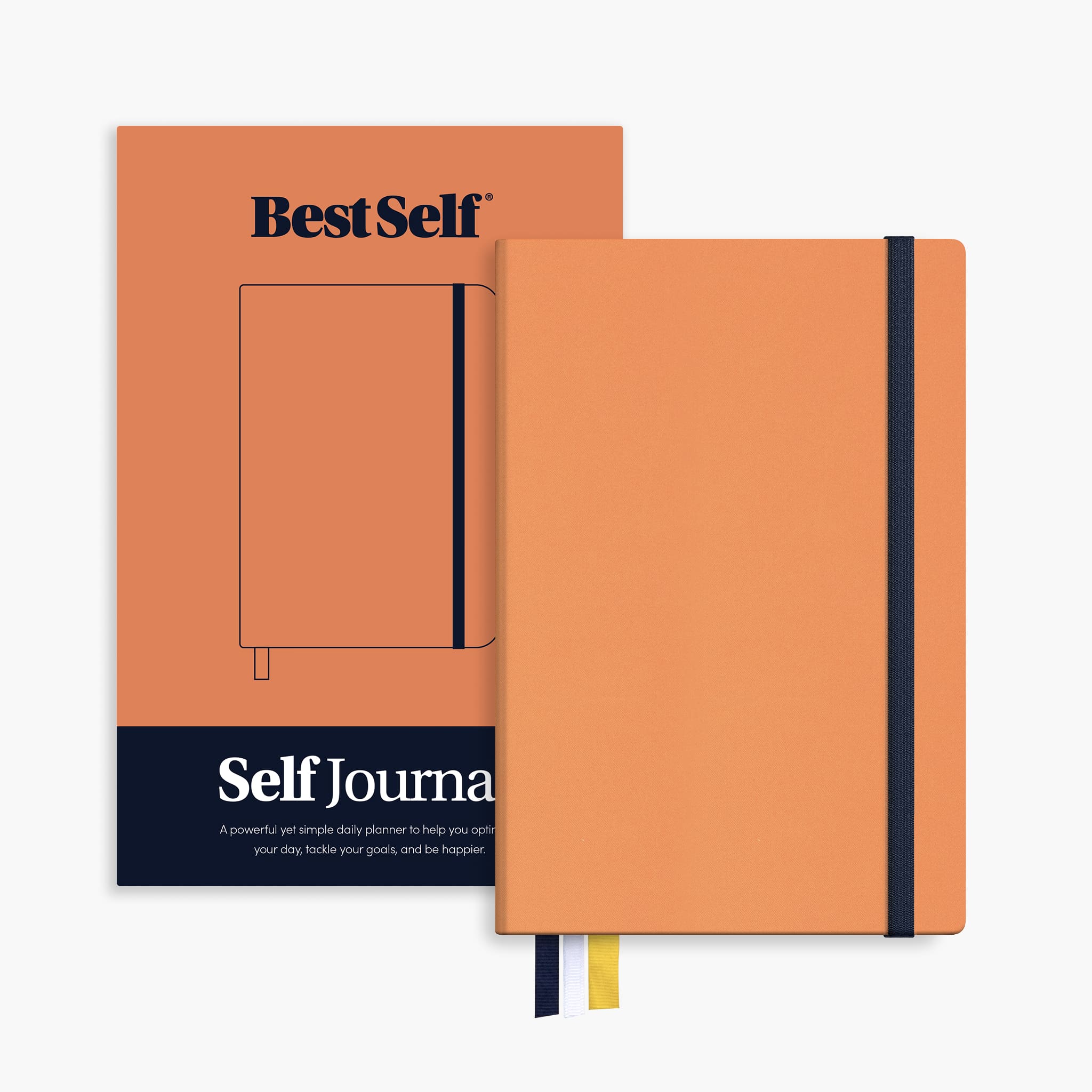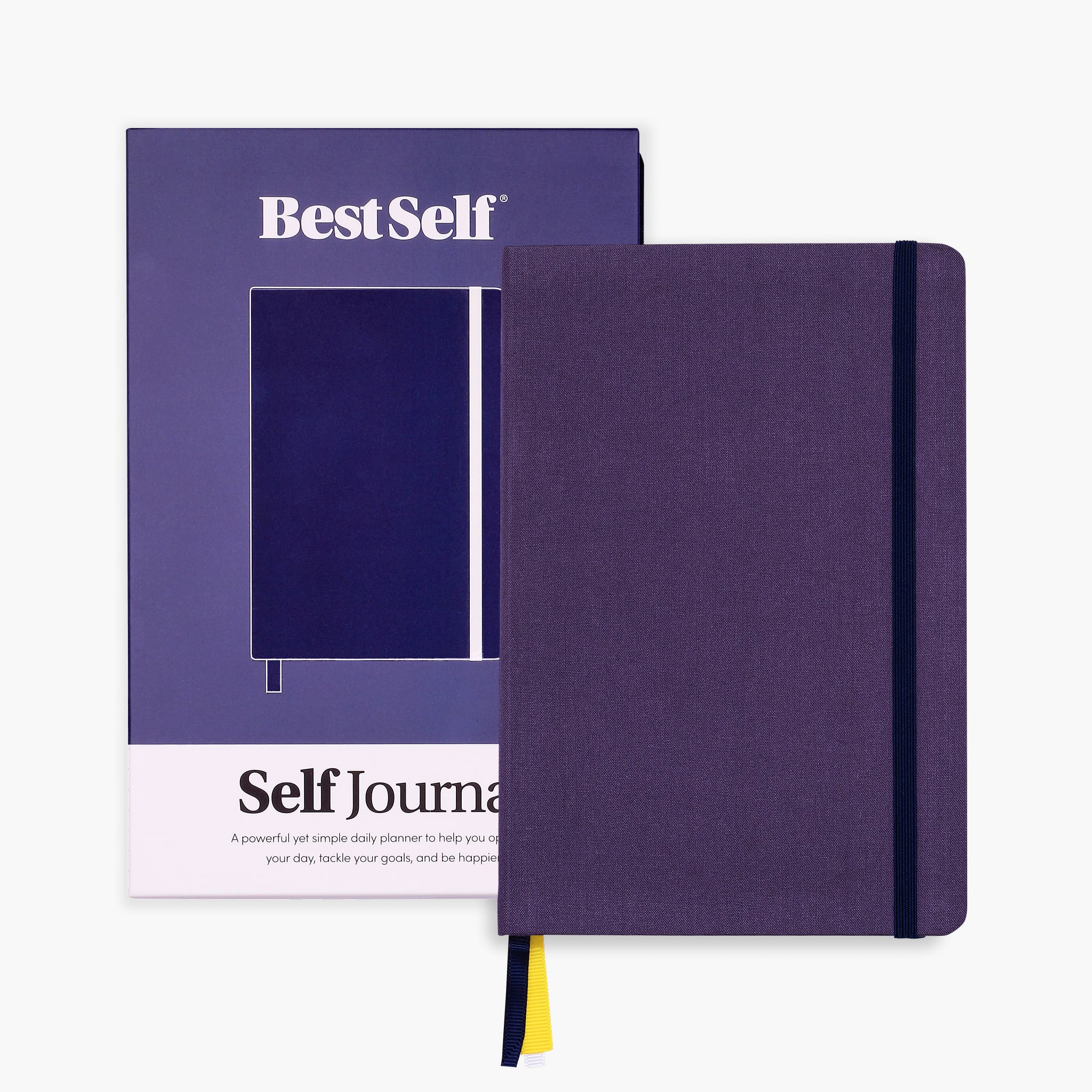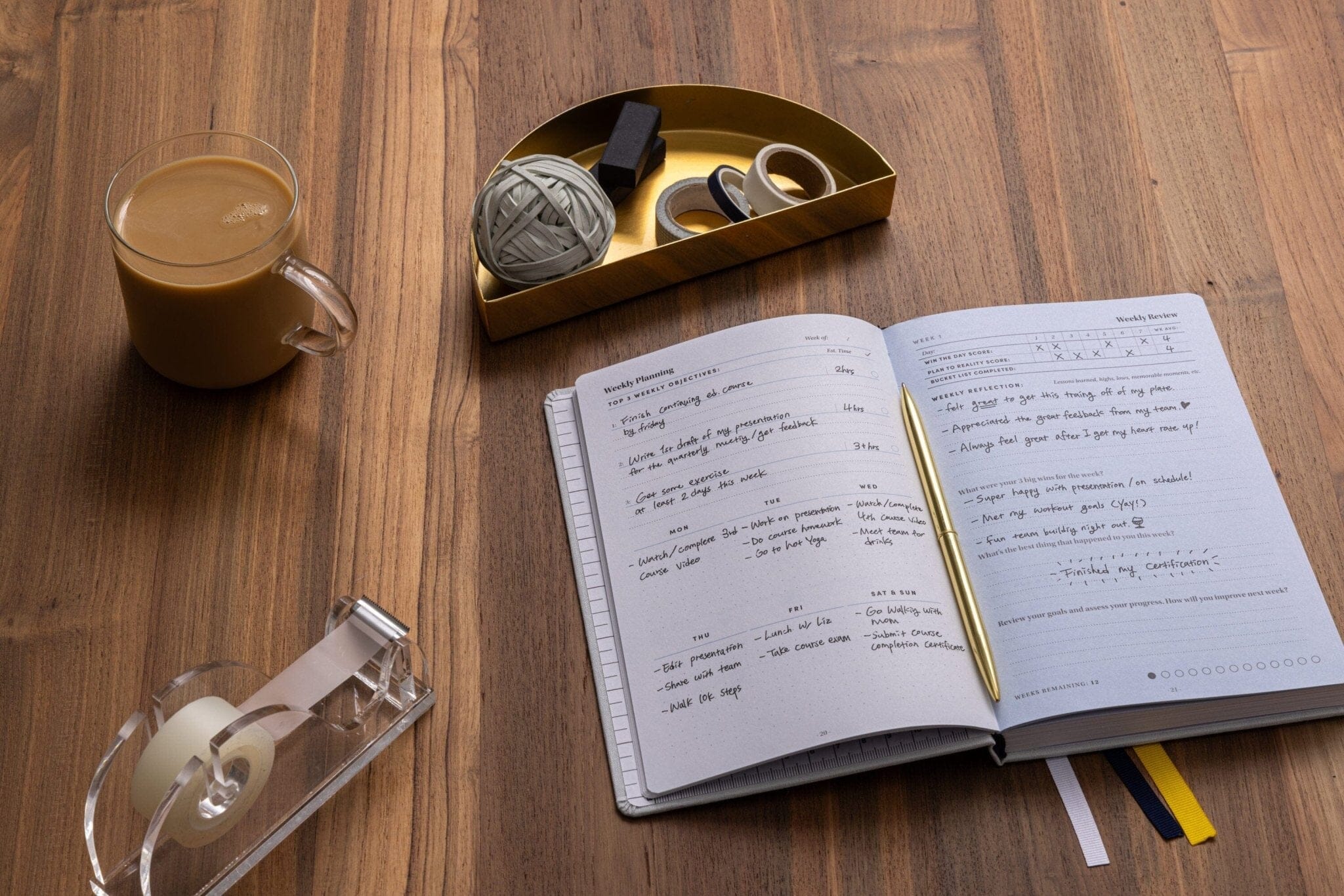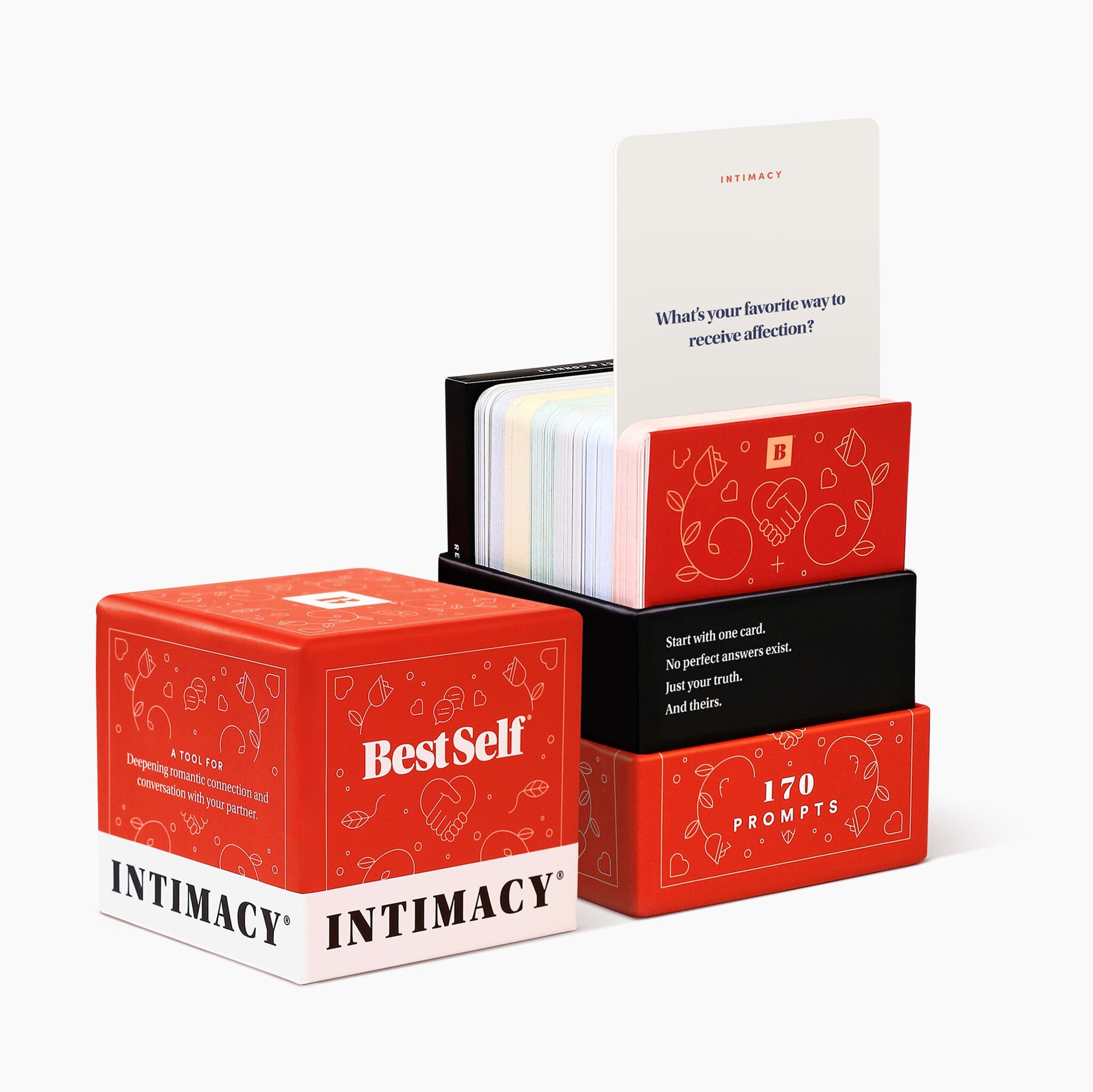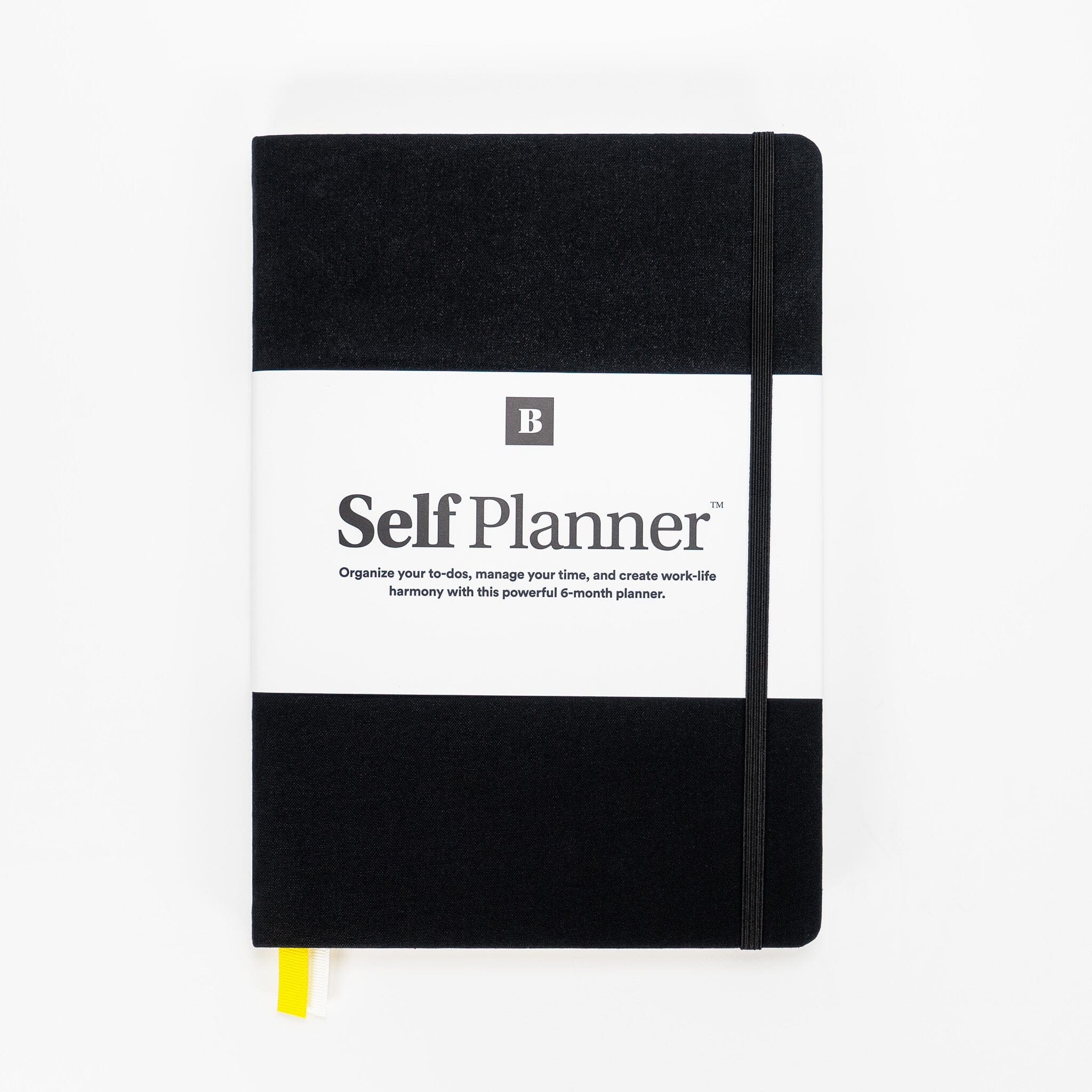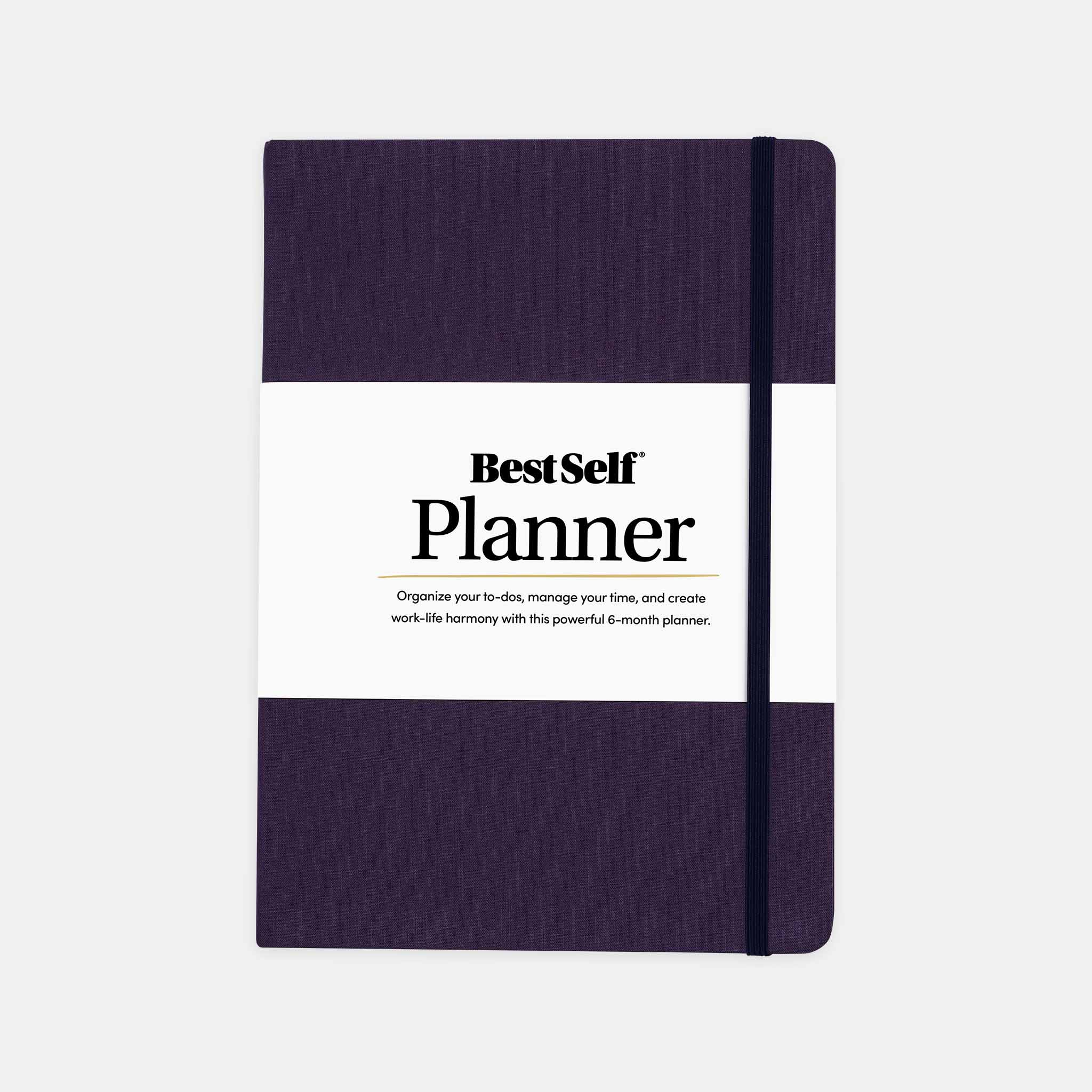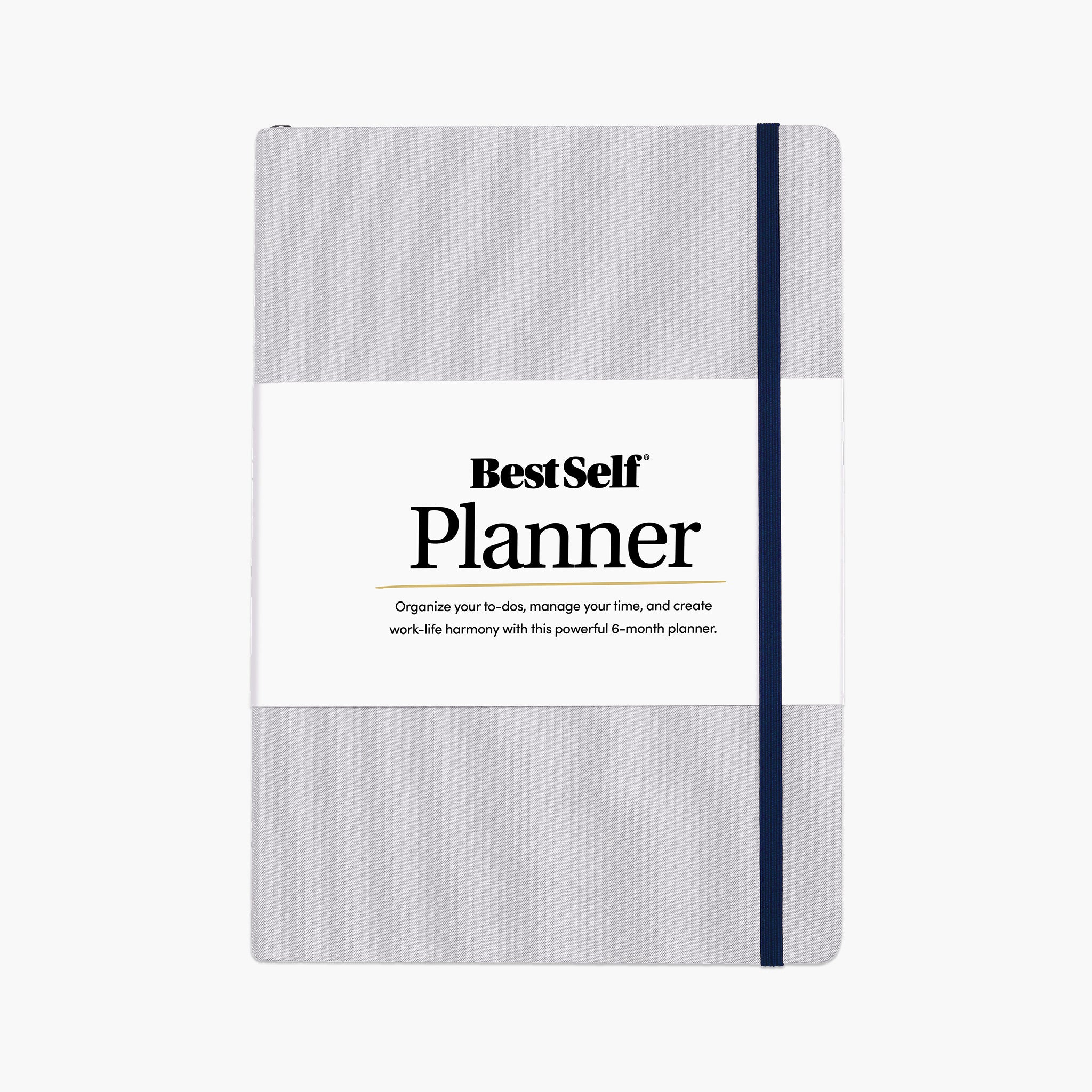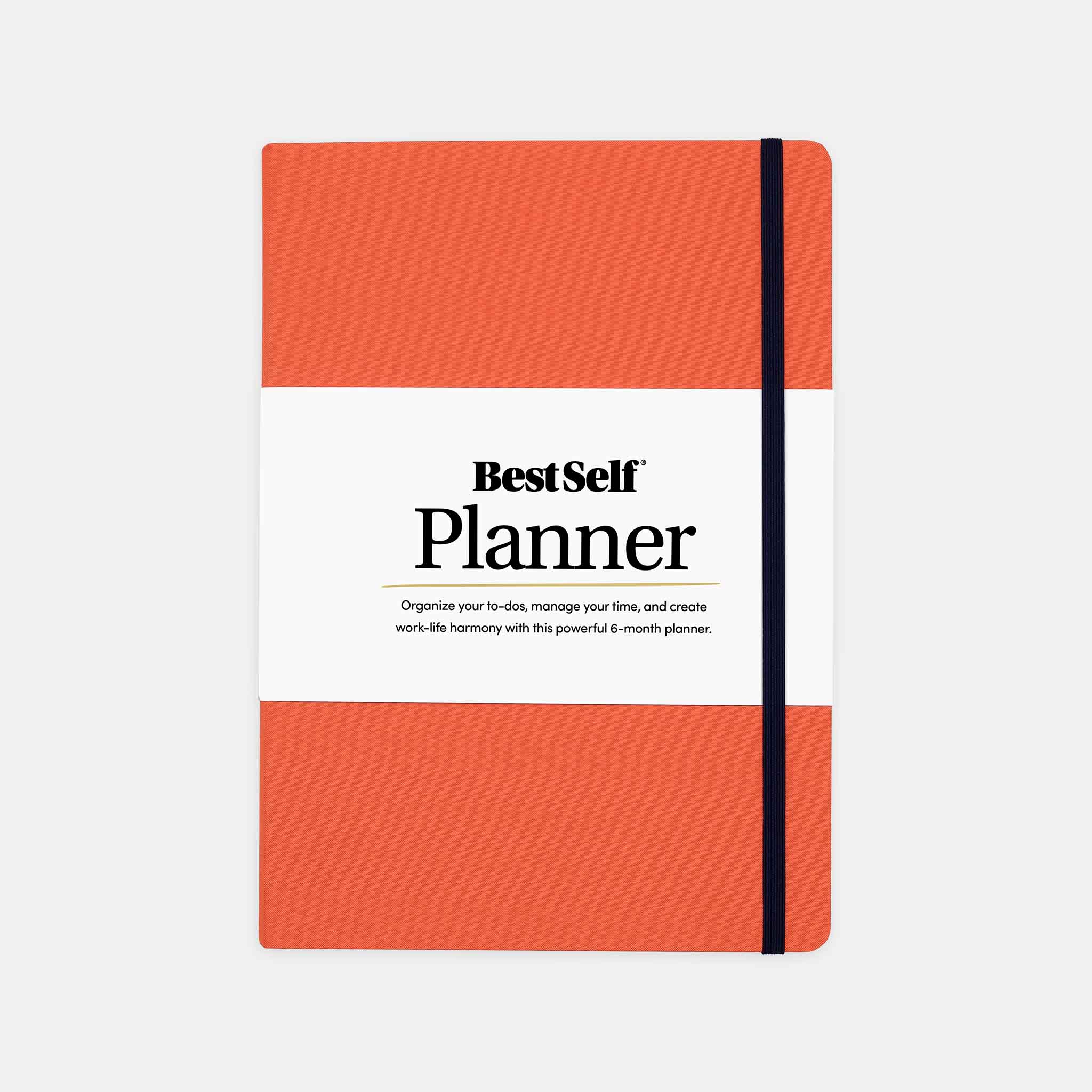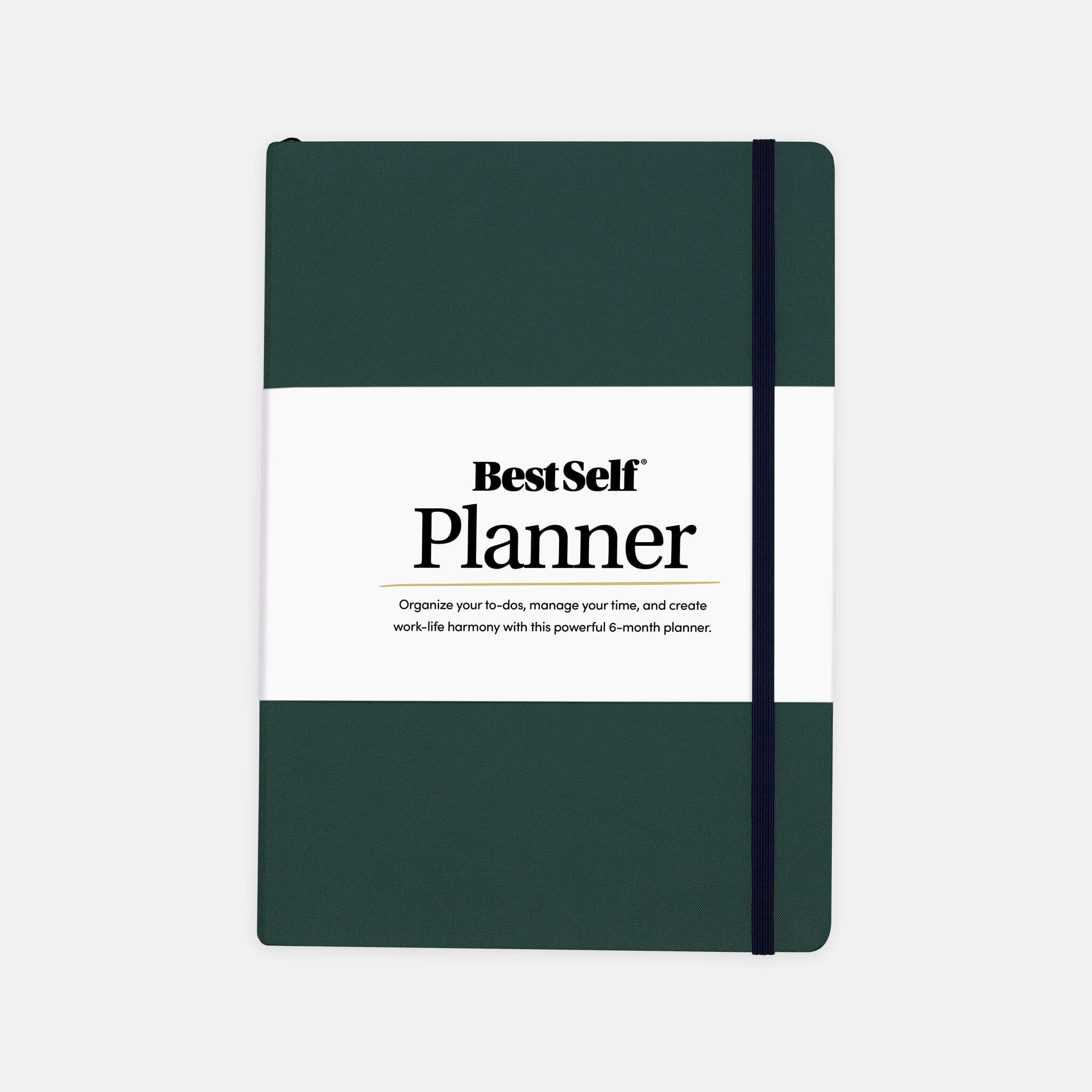Journaling has been a beloved pastime for many, offering a simple but powerful way to capture thoughts, explore feelings, and unleash creativity. It's like having a quiet conversation with yourself. Whether you're jotting down daily events or delving into deeper reflections, keeping a journal can lead to personal growth and improved mental well-being. The timeless charm of a classic journal—the kind with a solid cover and crisp, blank pages—adds a touch of nostalgia and invites you to fill the pages with your story.
A classic journal isn't just a place for recording daily life; it's an inspiring space for setting goals, dreaming big, and reflecting on your journey. The practice of journaling can enhance mindfulness, boost clarity, and encourage a habit of introspection. By maximizing how you use your classic journal, you can unlock these benefits and more. This article aims to help you choose the right journal, establish a consistent journaling routine, and explore techniques that bring the most satisfaction and value from your writing time.
Choose the Right Classic Journal
Finding the perfect classic journal is the first step in maximizing your journaling experience. Think about what suits your style and needs—this includes the size, paper quality, and type of binding. If you prefer something portable, a smaller journal might fit the bill, whereas a larger one may be ideal for detailed sketches or extensive writing.
Here's what to consider when selecting your journal:
- Size: Decide if you want a compact journal for easy transport or a larger one for more expansive writing.
- Paper Quality: Choose paper that matches your writing tools. Thick, smooth pages prevent ink from bleeding through, perfect for fountain pens.
- Binding: Select between hardcover or softcover. Hardcovers offer durability, while softcovers provide flexibility.
- Design: Opt for a journal that feels personal and inviting, with a cover design or color you love.
Once you've pinpointed your needs, finding a journal that truly captures your personal taste becomes easier. Many local bookstores and online retailers offer an array of beautiful options. A journal that feels like an extension of your personality not only invites you to write but also makes the process more enjoyable.
Creating a Consistent Journaling Habit
Now that you have a journal you love, the next step is making journaling a regular part of your routine. Establishing a consistent habit can enhance mental clarity and foster personal growth. Consider it as setting a date with yourself—a time when you can pause, reflect, and recharge.
Here are some tips to start your journaling routine:
- Set a Schedule: Decide on a daily or weekly time that fits naturally into your routine. Morning might be perfect for setting intentions, while evenings can help unwind after a long day.
- Create a Space: Find or create a comfortable journaling spot, free from distractions. This could be a cozy corner in your home or a quiet outdoor space.
- Begin Small: If you're new to journaling, start with just a few minutes each day. Over time, you might find yourself writing longer entries as you become more comfortable.
Integrating journaling into your life doesn't have to feel like a chore. By keeping it casual and fitting it into your natural rhythm, you're more likely to develop a habit that sticks. With a bit of consistency, your journal becomes a trusted companion, ready to hold your thoughts and ideas whenever you need.
Essential Journaling Techniques and Prompts
Once you’ve got a good journaling routine down, it can be exciting to explore different writing techniques. Each method offers a fresh perspective and could spark new insights. Here are a few approaches to try:
- Free Writing: Set a timer for five to ten minutes and write whatever comes to mind without stopping. This technique helps unlock creativity and clear your mind.
- Gratitude Journaling: Each day, list three things you’re thankful for. This practice can lift your spirits and shift your focus towards the positive.
- Goal Setting: Dedicate space in your journal to write short-term and long-term goals. Revisit and update them regularly to track your progress.
If you're not sure what to write, prompts can be really helpful. Here are some ideas to get you started:
1. Describe your ideal day.
2. Write about someone who inspires you and why.
3. Reflect on a recent challenge and what you learned from it.
4. List three ways you can step out of your comfort zone this week.
Revisiting past entries is not just nostalgic; it's a chance for growth. By looking back, you can see how far you've come and notice patterns that might not be obvious in the moment.
Personalizing and Maintaining Your Journal
Making your journal feel truly yours can deepen your connection with it. Simple additions can make pages more inviting and unique. Here’s how you can add a personal touch:
- Decorate with Stickers and Drawings: Small decorations can bring a page to life. Let your personality shine through with creative embellishments.
- Add Photos or Mementos: Attach significant pictures or keepsakes that capture moments worth remembering.
- Personalized Covers: Instead of a plain cover, try adding fabric, wrapping paper, or your own artwork.
Keeping your journal in good shape enhances your overall experience. Here are tips for preserving your thoughts:
- Safe Storage: Keep your journal in a cozy nook where it won’t get crushed or lost.
- Use Bookmarks: Mark important pages or the current entry for quick access.
Flipping through completed journals can be a joyful and enlightening practice. Not only do they act as a personal time capsule, but they also provide an account of your growth over time.
Enjoying and Sharing Your Journaling Experience
Finding joy in the journaling process is just as important as the content itself. Whether you view it as a creative outlet or a stress reliever, it should be enjoyable and beneficial to you. Sharing experiences can also enrich your journey. Discussing insights or favorite passages with friends can open up new conversations and strengthen connections.
Engage with a community of like-minded individuals who appreciate the art of journaling. Whether online or in local meetups, these groups provide encouragement and fresh ideas. They offer a space to share successes, struggles, and everything in between.
Conclusion
Embracing the art of journaling can transform how you perceive and experience life. It's about listening to your thoughts, dreams, and goals while reflecting on the journey you're on. By choosing a classic journal that resonates with you and developing a routine that feels natural, you create a sanctuary for your innermost thoughts. Experiment with techniques, personalize your journal, and enjoy sharing your experiences with others. All these elements contribute to maximizing the benefits your classic journal has to offer.
Your journal is more than just a book; it’s a testament to your personal evolution. Cherish it as a partner in self-discovery, ready to inspire and support you as you continue to grow and explore the richness of everyday life.
To truly enhance your journaling practice, consider exploring BestSelf Co.'s collection of tools designed to support personal growth. Whether you're new to writing or looking to deepen your reflection process, our range of products complements the timeless appeal of classic journals and adds meaning to every entry.
